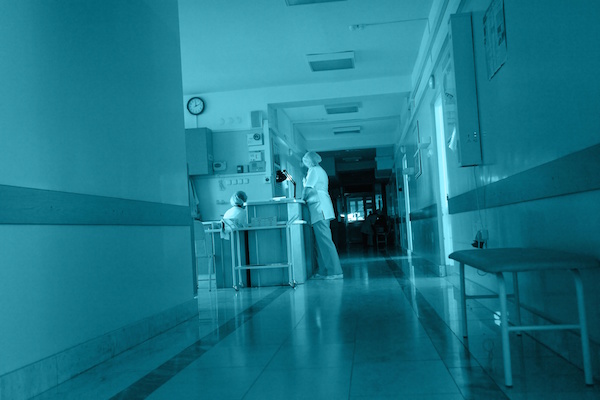
TUESDAY, April 26 (HealthDay News) — As researchers warn of a serious shortage of primary-care physicians, a new study finds the percentage of medical students who want to go into general internal medicine has dropped sharply over the past two decades.
General internists in the United States are “a shrinking force,” said study author Dr. Mark D. Schwartz, an internist himself. “There really is a pending crisis in primary care in this country, particularly as [many older Americans] are retiring. The shrinking primary-care workforce becomes a bottleneck to health care reform.”
Many health plans require that patients visit a primary-care physician before seeing a specialist, and health care reform is expected to greatly expand the number of Americans with medical coverage, creating a need for even more doctors.
But in 2008, only 264 U.S. medical students chose residency training in primary-care internal medicine compared to 575 in 1999, according to background information in the study.
According to Schwartz, an associate professor at New York University School of Medicine, general internists make up about half of all primary-care physicians in the country. (Family medicine physicians see many other patients).
In the new study, published April 25 in the Archives of Internal Medicine, researchers compared surveys of senior-level medical students from 1990 (1,244 people at 16 schools took part) and 2007 (1,177 participants at 11 schools).
The percentage of women grew markedly over the 17 years, from about one-third to just over one-half, as did the average level of debt ($63,000 to $101,000 in 2007 dollars).
Over the years, the appeal of primary-care medicine as a reason for entering internal medicine fell from 57 percent to 33 percent. Forty-one percent of the 2007 respondents said the primary-care aspect of general internal medicine pushed them away from the field, compared to 21 percent in 1990.
And those choosing to practice general internal medicine in 2007 fell from 9 percent to 2 percent.
Students in both surveys felt that internal medicine involved a heavier workload and more stress than other specialties.
Another explanation for the decline may be the “compensation gap” between general internists and other kinds of physicians, Schwartz said. Technology-focused fields pay much more than “diagnostic management care,” he said.
“Over a 40-year career, the total difference between a cardiologist and general internist is almost $3.5 million,” he said.
The best solution is to pay general internists more money, Schwartz said. “There will have to be an adjustment,” he said, one that leads to less pay for some other kinds of physicians.
Dr. Yul Ejnes, a general internist in Cranston, R.I., said the shortage of primary-care doctors is a serious concern.
“A strong primary care system is associated with improved outcomes and lower costs,” he noted.
“We need to change the practice of general internal medicine by reforming the payment system and coming up with better models that make the students not just respect and admire the career but actually want to do it,” added Ejnes, chair of the board of regents of the American College of Physicians.
More information
Learn how to talk to your doctor from the U.S. National Library of Medicine.

